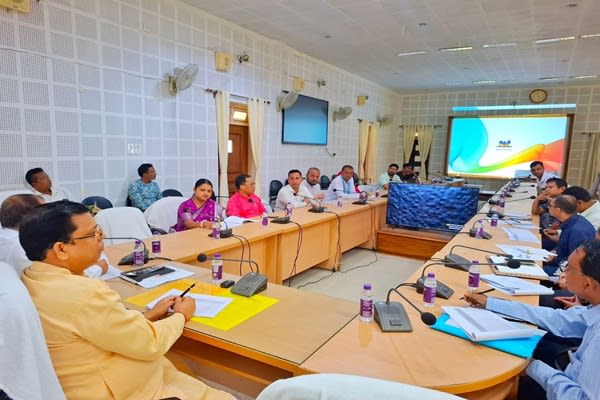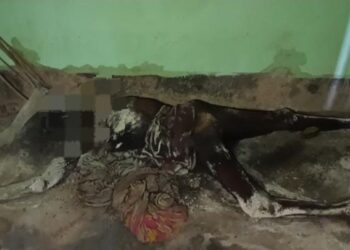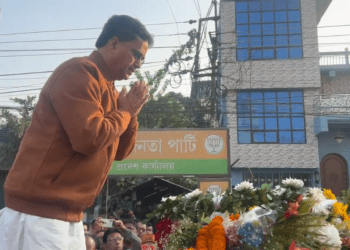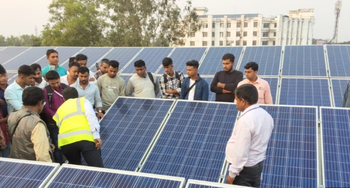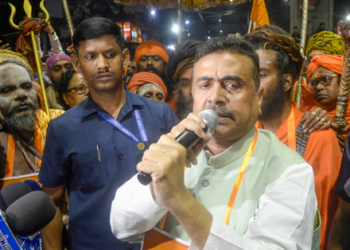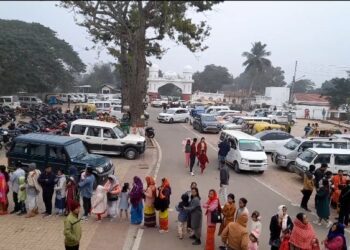A high-level meeting was convened at the Kailashahar Circuit House on Monday to address the persistent drinking water challenges affecting several areas under the Kailashahar subdivision. The session, chaired by Minister Tinku Roy, brought together key officials from the Drinking Water and Sanitation (DWS) Department, representatives from various government offices in Unakoti district, and all Panchayat Pradhans and Upa-Pradhans of the subdivision.
The meeting aimed to identify the root causes of recurring water supply disruptions and chart out sustainable measures to improve access to clean drinking water in rural and semi-urban pockets. Minister Roy underscored the importance of collective responsibility and coordination among departments and local self-government bodies to resolve the crisis effectively.
He appreciated the active participation of Panchayat representatives, noting that their on-ground insights are crucial for shaping practical and long-term solutions. The discussions revolved around multiple issues, including infrastructural deficiencies, delay in maintenance of pipelines and water treatment units, and the urgent need for modernization of existing water supply schemes.
Officials from the DWS Department presented updates on ongoing projects and shared plans for immediate interventions in severely affected areas. Minister Roy directed the concerned officers to prioritize the repair of defunct pipelines and ensure timely delivery of potable water to all households.
Describing the meeting as “fruitful and solution-oriented,” the Minister said that such collaborative reviews would continue at regular intervals to monitor progress and strengthen accountability. He reiterated the government’s commitment to ensuring safe and sufficient drinking water for every citizen, especially in rural regions.
The meeting concluded with a consensus to enhance coordination between government departments, local bodies, and community stakeholders for a more resilient and sustainable water management system in Kailashahar subdivision.


